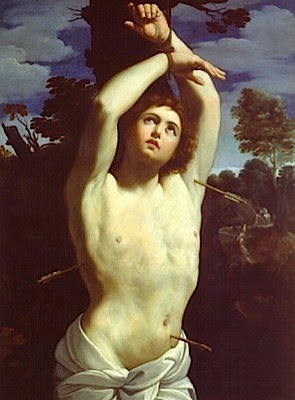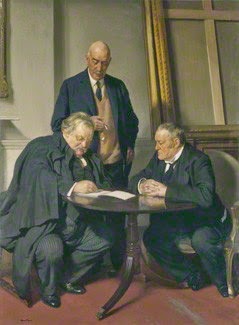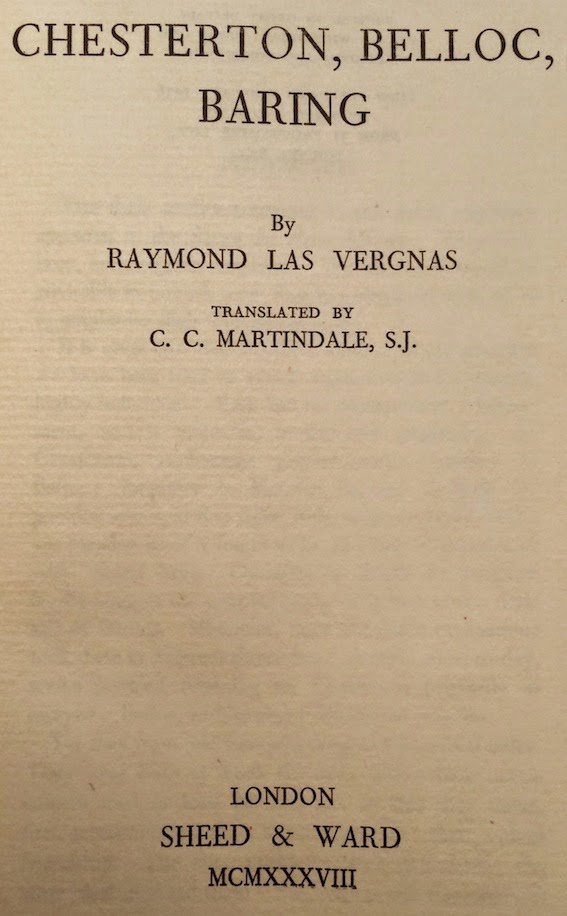
An undated Baron Corvo letter (1889-1890) about the artworks in the church of St Cuthbert with Matthias in Earl's Court, London. Rather short but with classic Corvine nuances.
Written to the vicar Father Westall shortly after the first 2 or 3 pictures of the Stations of the Cross were hung in the London church, from the Collegio Suizzera, Rome (Scots College). There is much online about this splendid church (and Fr. Westall) but no mention of the Guido Reni (sold/ stolen?) The letter was published in the Autumn 1966 Philbeach Quarterly, a magazine somewhat in advance of the usual parish newsletter - it had a poem by Betjeman ('Anglo Catholic Congresses') a good piece on the Arts and Crafts figure William Bainbridge Reynolds + John Heath-Stubbs and Michael De-La-Noy were on the editorial board.The enigmatic self-styled Baron Corvo, Frederick Rolfe (rhymes with loaf*) writes:

Dear Sir,
May I be allowed to ask the name of the painter of the Stations of the Cross in your church, and history of the very fine copy of Guido Reni's San Sebastian, which also hangs there?
Though I do not suppose any weight attaches to my opinion, I feel bound to say that your Stations are far more beautiful than any I have seen, even here, and the Guido, too, is the best representation of the original I know, though perhaps a little "skied."
Your obedient servant,
Frederick William Rolfe,
Clerk.
*The late Donald Weeks' pronunciation, presumably researched and authenticated by him.










